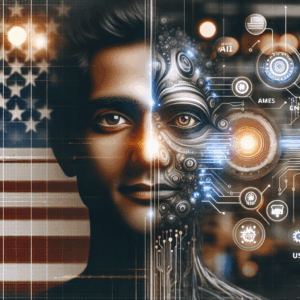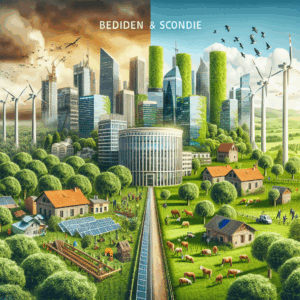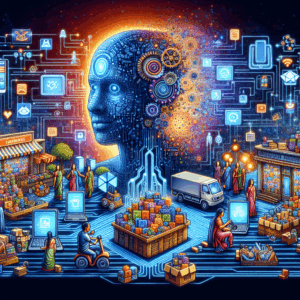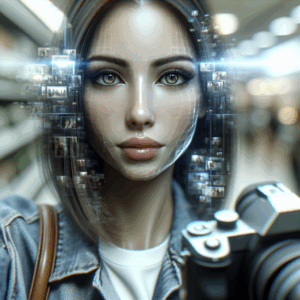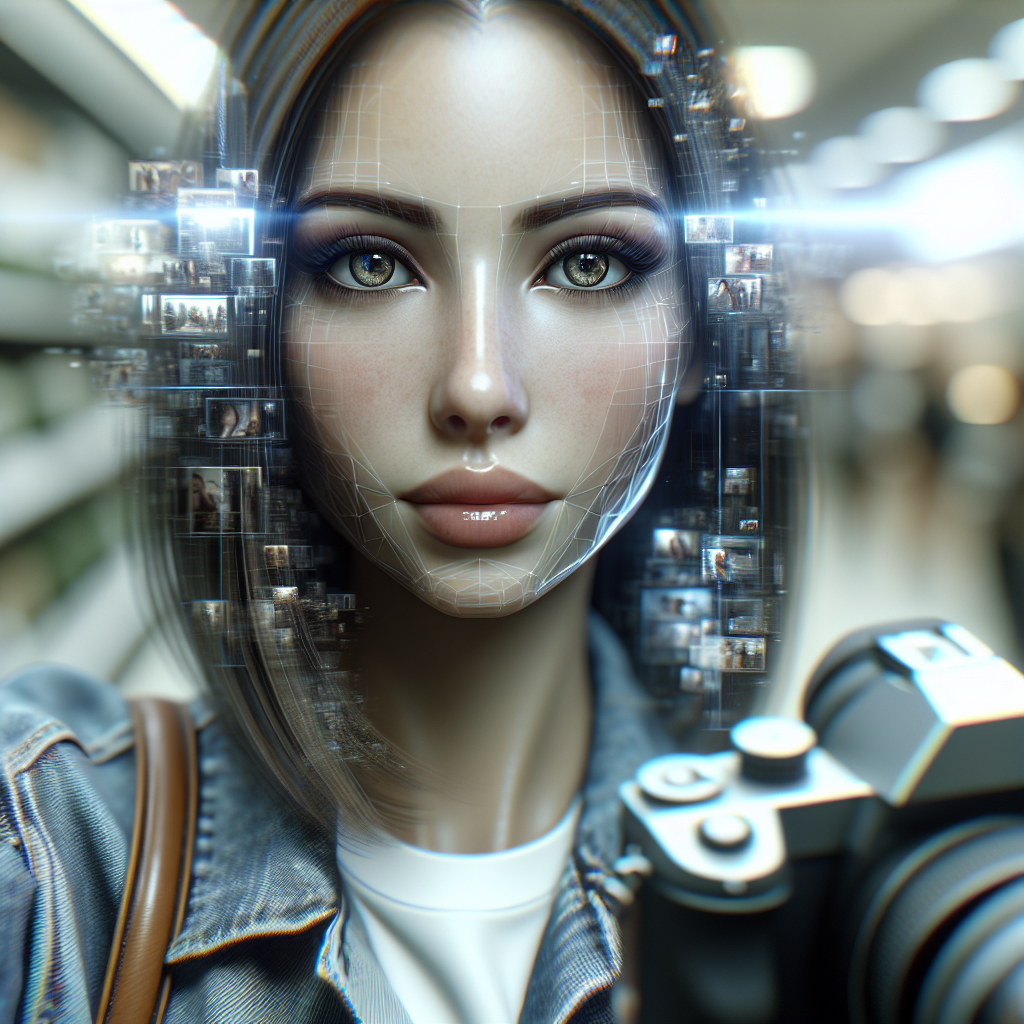
What if tomorrow’s online shopping depended on today’s data deal? The digital world is shifting as AI-powered rendering reshapes what we see—from hyper-realistic product displays to dynamic, personalized videos. As these innovations swirl through e-commerce, advertising, social trends and even education, a new wave of possibilities and questions arises for users, creators, and brands worldwide.
Meet Priya, a Chennai-based e-commerce seller navigating this fast-changing landscape. She used to upload basic product shots, fighting for attention among thousands of listings. Now, with AI rendering tools, she creates vivid 3D visuals, personalized video demos, and dynamic web content each tailored to different customer profiles—something once affordable only for mega brands.
What’s happening?
AI-driven rendering is rapidly advancing, allowing creators to generate lifelike images and videos in minutes. Tools like generative adversarial networks (GANs), diffusion models, and customizable templates are now core parts of design suites, video platforms, and social media apps. Major tech updates are rolling out every month—think real-time background swaps in video calls, ultra-fast fashion try-ons, and product previews driven by machine learning.
This isn’t limited to businesses, either. Social media enthusiasts use AI to enhance Instagram Reels and TikTok feeds with jaw-dropping effects, while teachers bring lessons to life with AI-crafted animation. With so many using these tools, AI-rendered visuals are becoming a new online language, trusted by some, questioned by others.
Why does this matter?
- Price shifts and new opportunities: High-end rendering is now accessible to small sellers and indie creators. This levels the field, but also intensifies competition.
- Privacy concerns: Realistic AI images raise deep-fake risks and copyright challenges. Regulators globally are discussing stricter guidelines and watermarking standards.
- New features abound: Expect AI product previews, interactive ads, and video content that adapts in real-time to each viewer’s preferences—an immersive, data-driven experience for all.
What’s next?
- Policymakers are drafting global standards for AI-generated media, including mandatory labeling and digital fingerprints.
- Tech giants have announced upcoming tools for “ethical rendering” and user-friendly disclosure features.
- Major e-commerce festivals and fashion weeks plan to showcase AI-generated models and content as headline attractions.
- Stakeholders—brands, developers, privacy advocates—are debating how much AI rendering should influence what we see, trust, and buy online.
Conclusion:
AI rendering is reshaping our visual world, turning static images and videos into interactive, personalized, and immersive experiences across industries. As new features and policies arrive, both opportunities and ethical challenges grow. Whether you’re a seller, a content creator, or a casual online shopper, these changes are set to impact your digital journey.
How do you feel about this shift? Drop a comment!




